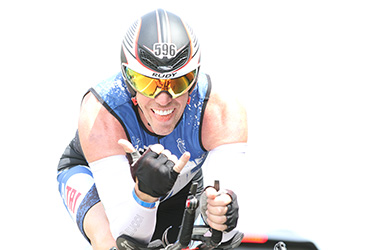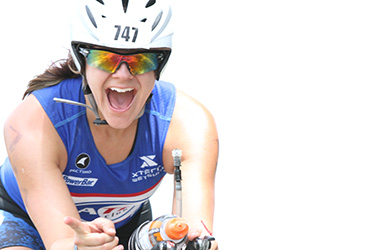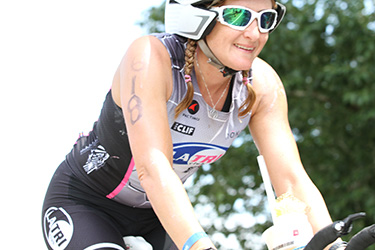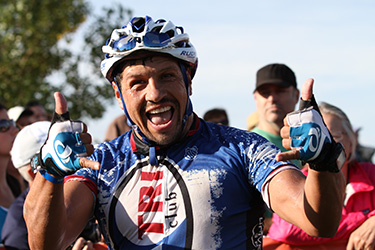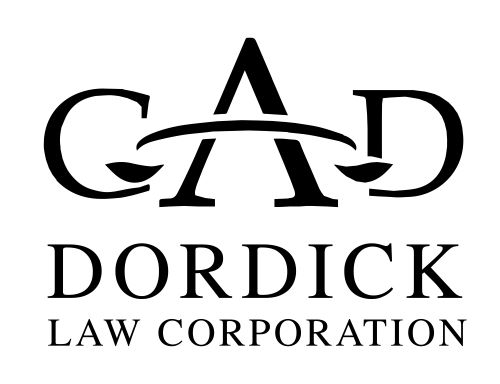Bike Training 101
Triathlon biking is not your typical ride. From endurance rides to all out sprints, this race segment is not one to be underestimated. Those new to the sport will want to pay particular attention to understanding equipment, proper equipment fit, and technique.
Cycling 101: A Beginners Guide
If you’re new to triathlon, this is the place to find guidance on the cycling portion of our sport!
GOT A BIKE?
You need to be comfortably fitted on your bicycle. Road bikes, triathlon bikes and mountain bikes are all options.
IT'S A SAFETY THING
When riding on the roads or pathways, know the rules of the road and always wear a helmet.
MAKE A CONNECTION
Getting to know “your” bicycle is critical - so ride the bike on which you’ll be racing as often as possible.
NO BIKE? NO PROBLEM.
A spin class will work well if you are in the process of obtaining a bike - no excuses.

